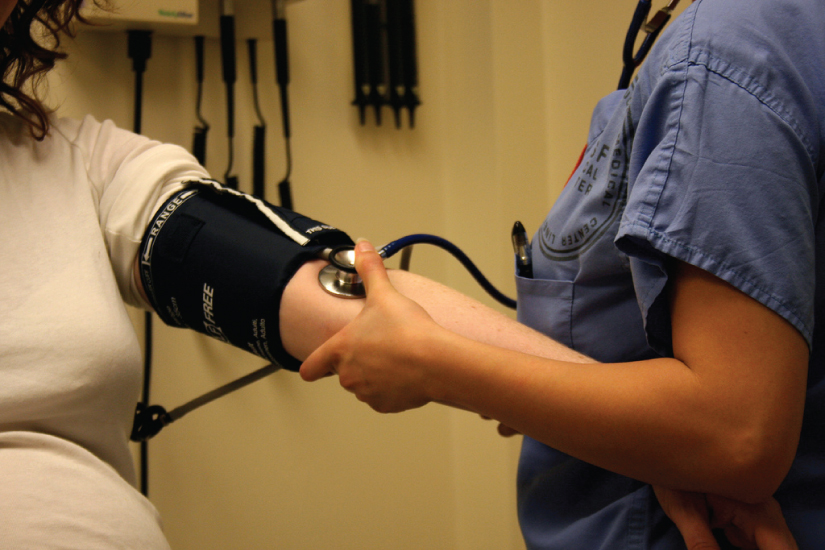
|

1.1 Overview of anatomy and physiology Read Online
1.2 Structural organization of the human body Read Online
1.3 Functions of human life Read Online
1.4 Requirements for human life Read Online

After studying this chapter, you will be able to:
Though you may approach a course in anatomy and physiology strictly as a requirement for your field of study, the knowledge you gain in this course will serve you well in many aspects of your life. An understanding of anatomy and physiology is not only fundamental to any career in the health professions, but it can also benefit your own health. Familiarity with the human body can help you make healthful choices and prompt you to take appropriate action when signs of illness arise. Your knowledge in this field will help you understand news about nutrition, medications, medical devices, and procedures and help you understand genetic or infectious diseases. At some point, everyone will have a problem with some aspect of his or her body and your knowledge can help you to be a better parent, spouse, partner, friend, colleague, or caregiver.
This chapter begins with an overview of anatomy and physiology and a preview of the body regions and functions. It then covers the characteristics of life and how the body works to maintain stable conditions. It introduces a set of standard terms for body structures and for planes and positions in the body that will serve as a foundation for more comprehensive information covered later in the text. It ends with examples of medical imaging used to see inside the living body.
Question: caudal
Choices:
describes a position below or lower than another part of the body proper; near or toward the tail (in humans, the coccyx, or lowest part of the spinal column); also referred to as inferior
Question: abdominopelvic cavity
Choices:
division of the anterior (ventral) cavity that houses the abdominal and pelvic viscera
Question: computed tomography (CT)
Choices:
medical imaging technique in which a computer-enhanced cross-sectional X-ray image is obtained
Question: anatomical position
Choices:
standard reference position used for describing locations and directions on the human body
Question: anterior
Choices:
describes the front or direction toward the front of the body; also referred to as ventral
Question: control center
Choices:
compares values to their normal range; deviations cause the activation of an effector
Question: anatomy
Choices:
science that studies the form and composition of the body's structures
Question: cell
Choices:
smallest independently functioning unit of all organisms; in animals, a cell contains cytoplasm, composed of fluid and organelles
Question: anterior cavity
Choices:
larger body cavity located anterior to the posterior (dorsal) body cavity; includes the serous membrane-lined pleural cavities for the lungs, pericardial cavity for the heart, and peritoneal cavity for the abdominal and pelvic organs; also referred to as ventral cavity
Question: anabolism
Choices:
assembly of more complex molecules from simpler molecules
Question: catabolism
Choices:
breaking down of more complex molecules into simpler molecules